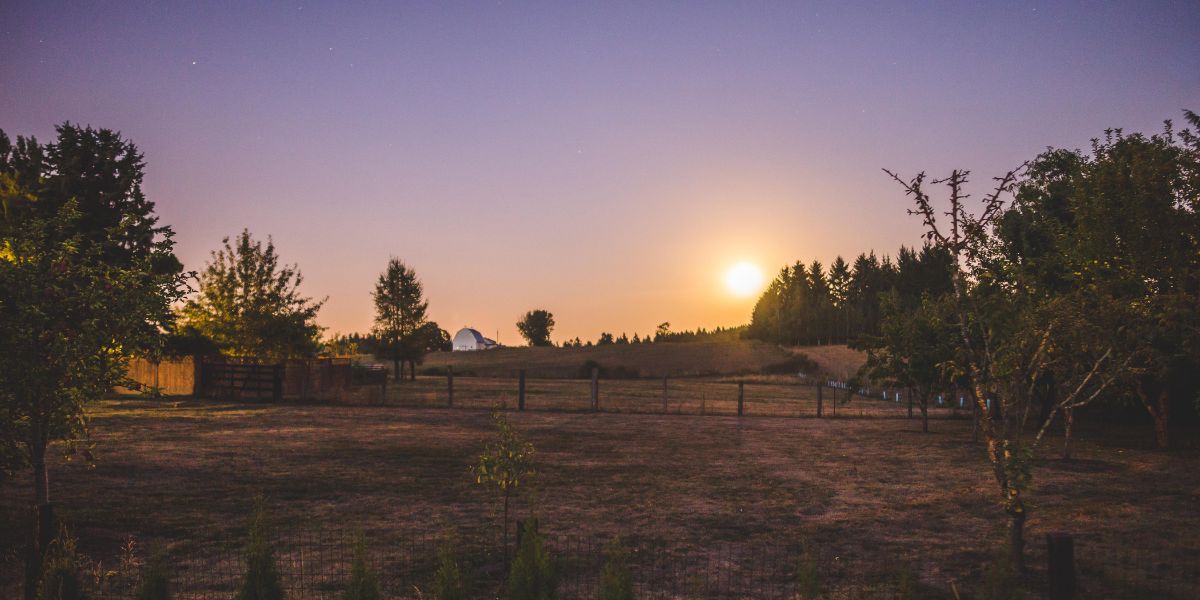Homesteading dreams often begin with the idea of living a self-reliant life, producing food, reducing waste, and gaining independence from modern supply chains. This lifestyle involves small-scale agriculture, home-based production, and environmental sustainability. Whether on rural land or in urban settings, the dream of homesteading can take many forms homesteading in an apartment.
Understanding the Concept of Homesteading
Homesteading refers to living in a way that promotes self-sufficiency. It includes growing food, raising animals, preserving food, and using renewable resources. The homesteading model reduces dependence on commercial goods and supports a more sustainable, slower lifestyle.
Historically, homesteading was tied to land ownership. In the 1860s, the U.S. Homestead Act allowed people to claim federal land if they farmed and improved it. Today, modern homesteading adapts these values to fit all living conditions, including suburban and urban environments.
Common Elements of Homesteading Dreams
Most people who pursue homesteading share a vision built on specific goals. These elements include:
- Producing food at home: Vegetable gardens, orchards, and livestock.
- Preserving harvests: Canning, fermenting, freezing, and dehydrating.
- Generating income: Selling eggs, jams, or handmade crafts.
- Using natural resources: Solar power, rainwater collection, composting.
- Building skills: Carpentry, herbal medicine, animal care, sewing.
These goals provide both daily structure and long-term satisfaction. The dream often starts with small steps and grows over time as skills and resources improve.
Planning for a Homesteading Lifestyle
Realizing homesteading dreams requires practical planning. It involves evaluating goals, land, resources, and skills.
Location and Land Use
While rural land is ideal for full-scale homesteading, many people start on smaller plots or in rental spaces. Key factors to consider include:
- Access to water and sunlight.
- Soil quality for planting.
- Local zoning and livestock regulations.
- Distance to markets or feed suppliers.
Those without land can begin with container gardening, balcony food production, and home preservation techniques.
Skills and Knowledge
Homesteading requires a wide range of practical skills. Important areas of knowledge include:
- Soil management and planting cycles.
- Animal husbandry for chickens, goats, or bees.
- Food preservation techniques and safe storage.
- Renewable energy system operation.
- Repair and maintenance of tools and structures.
Free online resources, agricultural extensions, books, and local workshops support skill development for beginners.
Financial Planning
Starting a homestead involves initial investments. Costs can include tools, seeds, fencing, shelters, water systems, and energy equipment. Budgeting and saving for core infrastructure ensures long-term sustainability.
Homesteaders often seek partial income through:
- Selling produce, eggs, or crafts.
- Running workshops or online courses.
- Bartering goods or services with neighbors.
Income diversification protects against seasonal or market disruptions.
Challenges of Pursuing Homesteading Dreams
While fulfilling, homesteading comes with challenges. These include:
- Physical labor and time demands.
- Crop failure due to pests or weather.
- Legal restrictions on livestock or structures.
- Limited access to healthcare or internet in remote areas.
Proper preparation, networking with experienced homesteaders, and consistent documentation can help reduce risks and improve outcomes.
Benefits of Homesteading
Homesteading offers several long-term benefits. These include:
- Improved food security through personal production.
- Reduced reliance on processed goods.
- Lower environmental impact via recycling and composting.
- Increased physical activity and outdoor engagement.
- Lifelong learning and problem-solving.
Families often experience stronger bonds through shared work and common goals.
Steps to Start the Homesteading Journey
- Set clear goals: Identify what to grow, build, or raise.
- Start small: Begin with a garden or small livestock.
- Learn continuously: Study, observe, and record progress.
- Build a support network: Join local groups or online forums.
- Adapt and scale: Expand based on needs and success.
Homesteading is a long-term lifestyle. Each season brings new opportunities to grow, harvest, and improve.
FAQ: Homesteading Dreams
Can I start homesteading without owning land?
Yes. Many homesteaders begin with backyard gardening, patio containers, and indoor food preservation. Some also join community gardens.
How much money do I need to start homesteading?
Small-scale homesteading can begin with less than $500, covering seeds, tools, and containers. Full-scale rural setups can require several thousand dollars for infrastructure.
Do I need animals to be a homesteader?
No. Some homesteaders focus on plant-based production, fermentation, and crafts. Raising animals is optional.
Can homesteading be done part-time?
Yes. Many people homestead while working full-time jobs. Evening and weekend tasks like gardening, baking, and canning are common.
Is it legal to homestead anywhere?
Zoning laws vary. Some areas restrict livestock, structures, or water systems. Always check local regulations before starting.
Conclusion
Homesteading dreams reflect a desire for independence, sustainability, and meaningful work. Whether in a city apartment or on a rural acre, self-sufficient living is accessible through smart planning, consistent effort, and a willingness to learn.
The journey may begin with a single pot of herbs or a compost bin, but over time, it can transform into a productive, fulfilling lifestyle. Homesteading is not just about growing food—it’s about cultivating a way of life rooted in resilience and resourcefulness.
